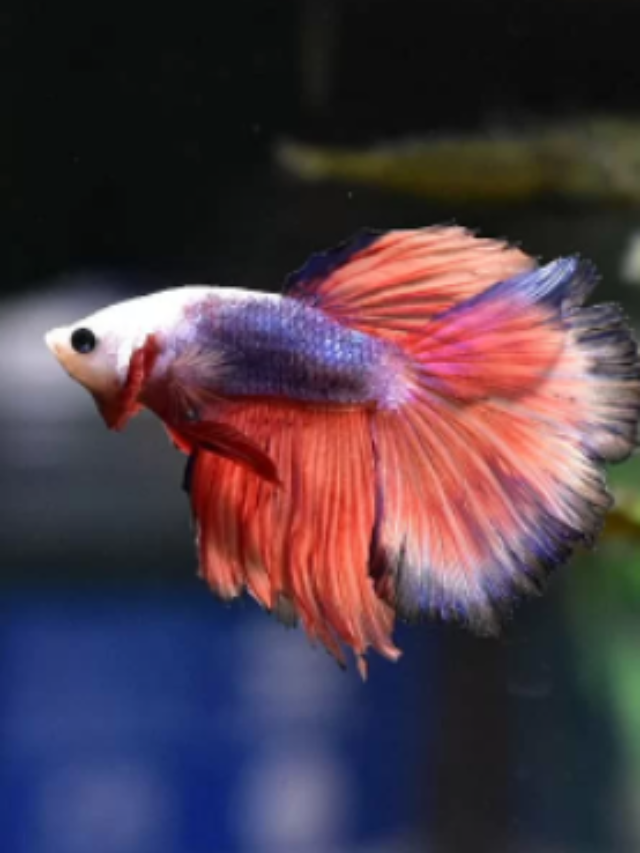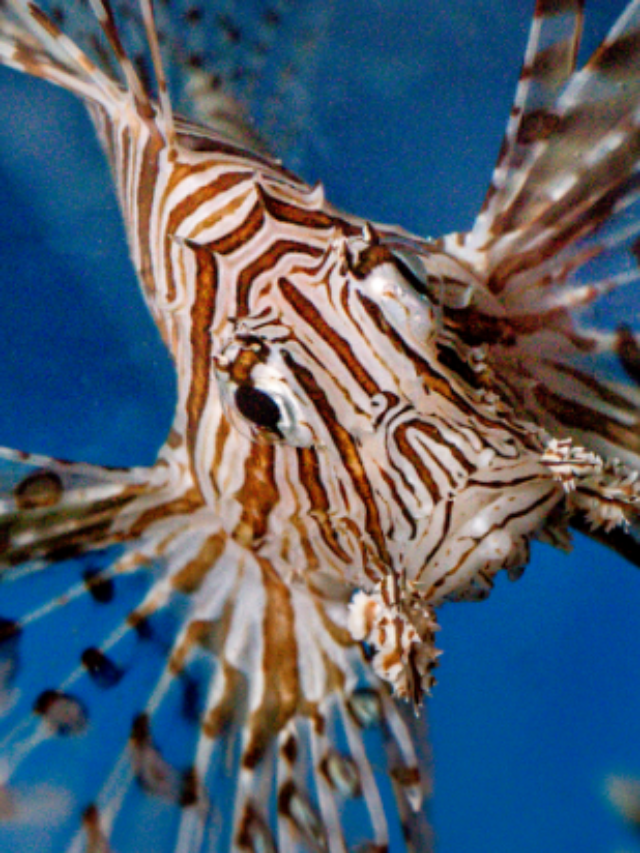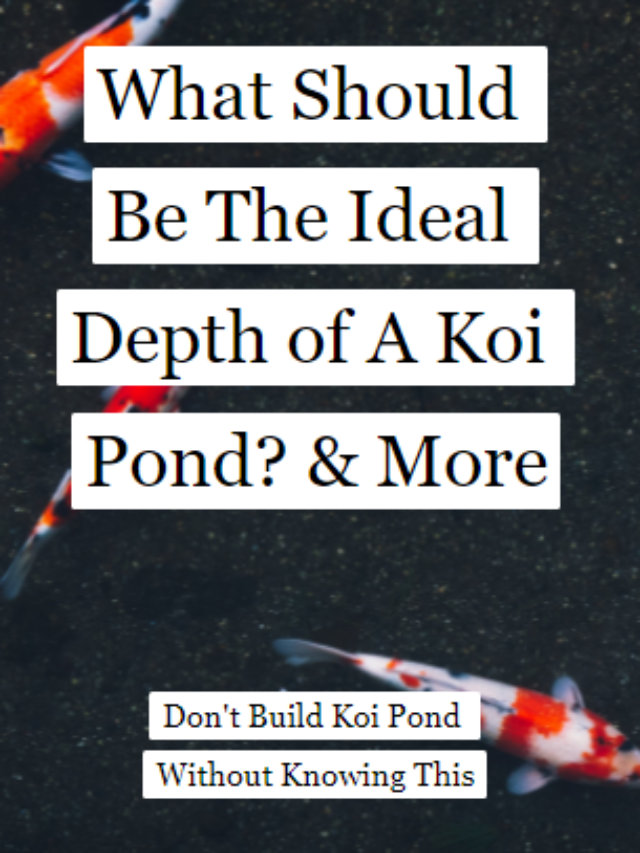What can you use as aquarium substrate?
Check Our Quick Stories
All of us know how much important the aquarium substrate is. Right? But if you don’t know what will be the best substrate for your aquarium then all of the purposes of keeping it will be wastage. So you must know which substrate will be the best for your fish tank.
The substrate is the thing that is basically used as sand, gravel, and coarse gravel to provide a base for fish in a fish tank. But you can’t choose gravels or sand randomly any of your fish species. For bigger fish like South American cichlids or catfish coarse gravel must be used. For bottom-dweller fish like barbells, fine gravel is the most preferable but it should not be sharp-edged. Fine sand as a substrate is used for coral or reef aquariums and Fluval stratum as the substrate is most recommended for planted aquariums.
One thing must remember is that substrate must contain silica because it is not dissolved into the water and will not react with water. If you want to use gravel that doesn’t contain silica then make sure that it will not increase the pH level of water. Otherwise, it will be harmful to fish.
Now I’ll discuss four types of substrate (Products) which you can use for your aquarium

Now from this chart, you have known the details about some aquarium substrate. Right? But it’s still confusing if you don’t know what the right level (turbidity, TDS, pH, ammonia) for an aquarium is. So here I want to draw a conclusion about this chart and that is
If you are planning to make a planted aquarium then you should choose a substrate that is soil type and not so hard because plants need nutrients from substrate and if you choose hard and rocky type substrate then it can’t able to provide nutrients to your plants in the aquarium. That’s why try to choose a little bit less hard substrate for a planted aquarium.
If you keep bottom-dweller fish in your tank then you must need a hard but round shaped substrate because bottom-dweller fishes may get wound if its edge is rough and sharp. Not only that, if the substrate is rocky and coarse gravel type then fishes hide in it because the inner granular gaps are bigger than fine gravel as a substrate.
According to the source, 300-500 ppm is great for freshwater. We can use this water to drink it also. So if your TDS measurement is in between this number then that water is safe for your aquarium fishes also. Here we can see from this chart that all of these substrates are providing good TDS measurement after 24 hours. So don’t think so much to use these according to TDS level. But if you find that your TDS level is 600-900 then you need reverse osmosis to remove this and 1000-2000 is not for use.
If you want to measure TDS checker for your aquarium water then you can go and check out the recent price of it on Amazon here.
According to the source, 6.8 -7.0 is the best pH level for most of the aquarium fishes. Some fishes need more and some fishes need less pH of water. From this chart, you can get the pH level of water for every substrate. But you should remember that pH level decreases gradually and this is an obvious thing. So you need to charge water frequently otherwise water will be harmful to your fish gradually.
If you want to measure a pH checker for your aquarium water then you can go and check out the recent price of it on Amazon here.
Ammonia is not accepted in aquarium water because this is a toxic chemical. If your water has a high ammonia level then you should not use it as for aquarium. Ammonia affects fish’s gill and tissues directly and if it stays in that type of water then after a while this will cause death also. So try to use water that has very little ammonia level.
Check the discounted price of ADA Amazonia on Amazon here
Check the discounted price of ADA Amazonia light on Amazon here
Check the discounted price of Fluval Stratum on Amazon here
Check the discounted price of Aqueon plant & shrimp on Amazon here
Why the substrate is important for an aquarium?
We know that ammonia is toxic for aquarium fishes. Right? Now when fish leave their waste into water then that waste contains ammonia and that is mixing with water continuously.
Now if you keep the substrate in your fish tank then it helps to colonize different types of bacteria and those bacteria help ammonia to convert into nitrogen which is a very important element for fishes to grow faster.
Substrate helps to reduce the algae growth also. But make sure that you have a good substrate. If you have an artificial substrate then it will not help you to reduce algae growth. It helps to lay eggs of fishes also.
The substrate is most needed for planted aquarium because plants gather nutrients only from a substrate. So try to add soil type substrate for a planted aquarium. Not only that, it helps to give a safe feeling to your fishes.
Read more:- Why should you use soil as a substrate?
Read more:- How to set up a community fish tank with cost analysis
Final thoughts
Here in this article, I’ve discussed some aquarium substrate that you can use for your fish tank. These products are well researched and then I’m recommending you to use them. But you have to choose one of these depending upon your aquarium. I’ve shown which type of substrate is better for which type of fish tank. So choose it wisely.
So best of luck & happy fishkeeping 🐟






